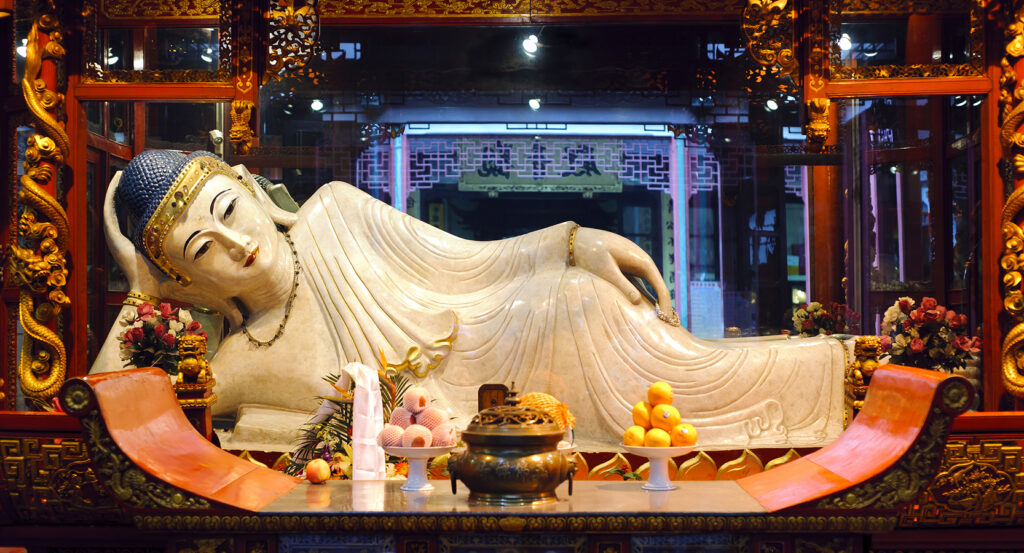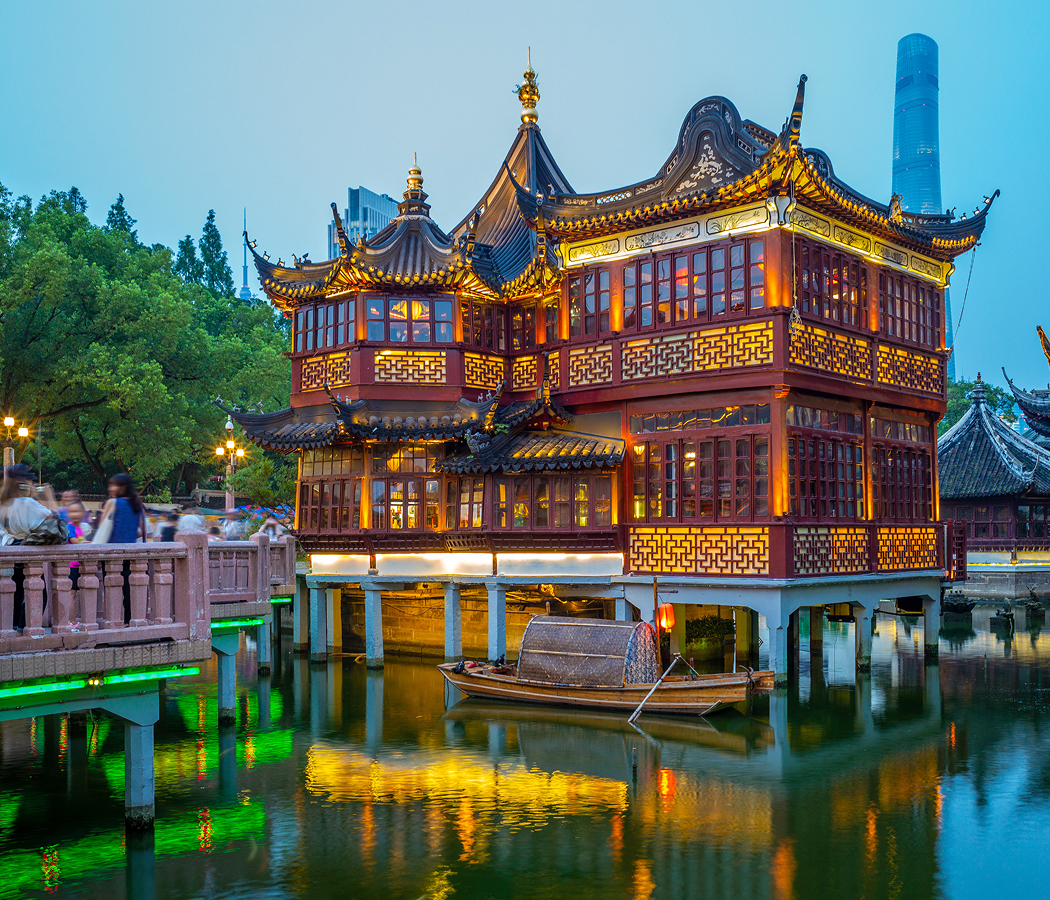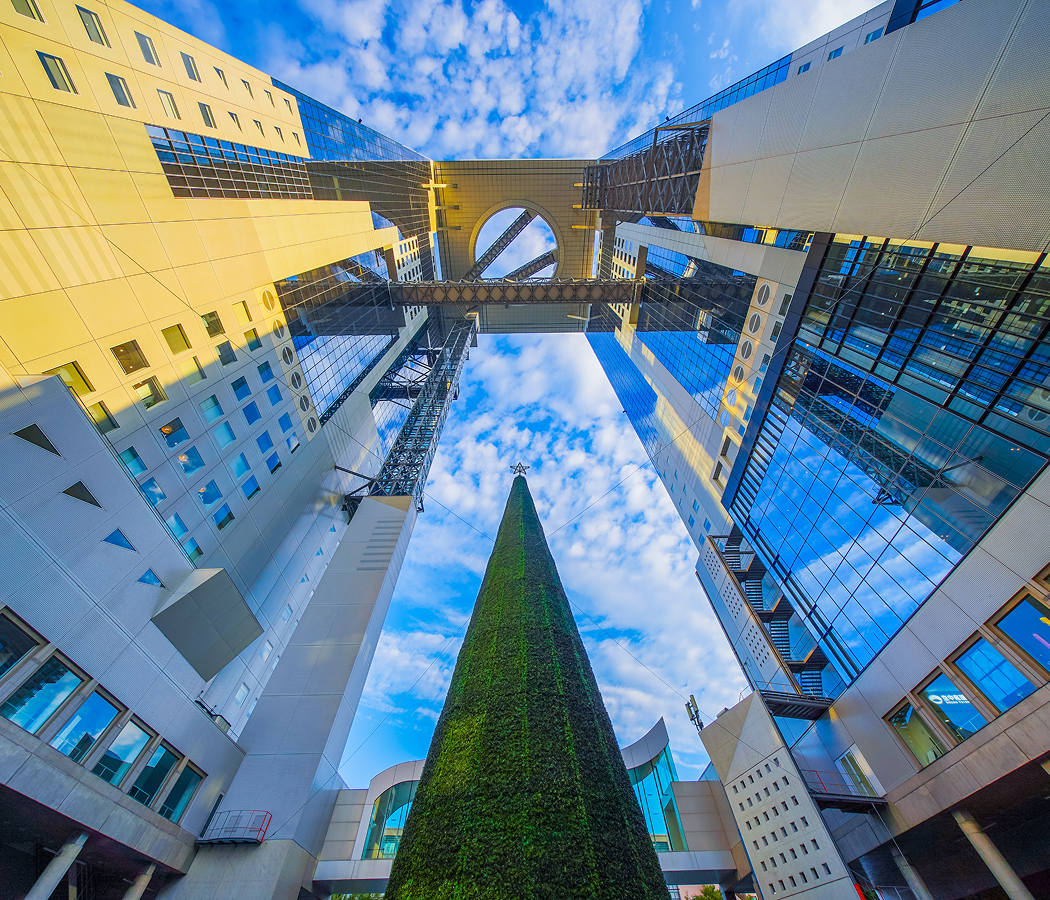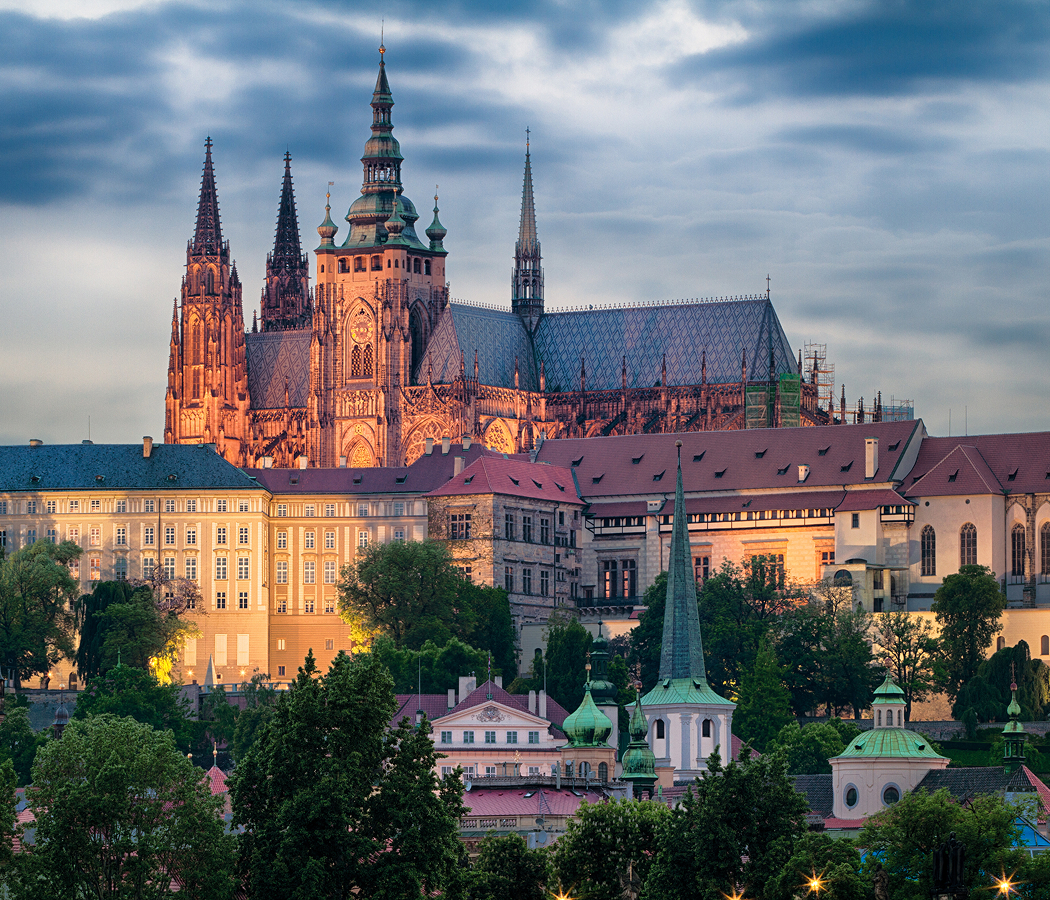
Why you should experience the Jade Buddha Temple in Shanghai.
The Jade Buddha Temple in Shanghai is a sanctuary of serenity amid the city’s ceaseless energy, a living temple that glows with spiritual grace and artistic mastery.
Built in 1882 during the Qing Dynasty, the temple remains one of Shanghai’s most revered cultural landmarks, drawing both devotees and travelers to its incense-scented halls. The temple’s heart lies in its name: two magnificent jade Buddha statues carved from pure white Burmese jade, each a masterpiece of craftsmanship and devotion. The seated Buddha, serene and meditative, represents enlightenment and inner peace, while the reclining Buddha embodies the quiet passage into nirvana. Sunlight filtering through crimson lanterns paints the temple’s walls with a soft golden hue, and the rhythmic chant of monks lends the air an otherworldly calm. Within minutes, the noise of the outside world fades, replaced by the scent of sandalwood and the whisper of prayer wheels turning in unison. The Jade Buddha Temple isn’t simply a religious site, it’s a dialogue between past and present, faith and form, China’s eternal pursuit of balance made visible in wood, stone, and silence.
What you didn’t know about the Jade Buddha Temple.
Beyond its tranquil courtyards, the Jade Buddha Temple holds a story of resilience and rediscovery that mirrors Shanghai’s own.
The temple was originally constructed to house two jade Buddhas brought to China from Burma by the monk Huigen. Though the original temple was destroyed during the revolution that toppled the Qing Dynasty, the statues survived, hidden, protected, and eventually enshrined once more when the temple was rebuilt in 1928. Each Buddha was carved from a single block of jade, its translucence symbolizing purity and enlightenment. The seated Buddha, nearly two meters tall, is adorned with sparkling jewels and cloaked in silk robes donated by devotees from around the world. The temple’s architecture follows the symmetrical layout of traditional Chinese monasteries, blending sweeping eaves, golden tiles, and red lacquered beams that seem to pulse with quiet reverence. Within its halls lie treasures beyond the jade figures, intricate Buddhist paintings, scrolls of scripture, and hundreds of smaller statues donated over centuries. Few realize that the temple remains an active monastic community, where resident monks chant daily sutras and lead ceremonies observed by locals who come seeking blessings for peace, prosperity, or new beginnings. The temple’s resilience, surviving war, cultural upheaval, and modernization, makes it not only a spiritual refuge but also a living record of Shanghai’s capacity for renewal.
How to fold the Jade Buddha Temple into your trip.
Visiting the Jade Buddha Temple offers a moment of stillness in the midst of Shanghai’s rush, a rare chance to step inside the city’s soul.
Begin your visit in the morning, when the first incense burns and the monks’ chants rise softly into the air. The main entrance opens onto the Hall of Heavenly Kings, guarded by fierce deities and flanked by devotees lighting incense sticks in quiet prayer. Continue toward the Great Hall, where the scent of lotus and sandalwood deepens as you approach the gleaming jade figures. Take your time here; the artistry rewards patience, every curve of jade and flicker of candlelight reflecting centuries of devotion. Don’t miss the smaller chamber housing the reclining Buddha, less imposing but profoundly peaceful, embodying the Buddha’s final moments before enlightenment. For those seeking reflection, the temple’s tea room offers a quiet space to sip jasmine tea while listening to the soft murmur of temple life unfolding around you. Before you leave, step into the courtyard garden where koi glide beneath stone bridges, a reminder that tranquility can flourish even in the heart of one of the world’s busiest cities. As the temple bells toll faintly over the hum of traffic beyond its walls, you’ll feel the truth that defines the Jade Buddha Temple: that peace isn’t found by escaping the world, but by finding stillness within it.
Hear it from the Foresyte community.
Place smells like incense and history had a baby. You sit there watching smoke curl and suddenly forget about you had dinner reservations 30 minutes ago.
Where meaningful travel begins.
Start your journey with Foresyte, where the planning is part of the magic.
Discover the experiences that matter most.















































































































